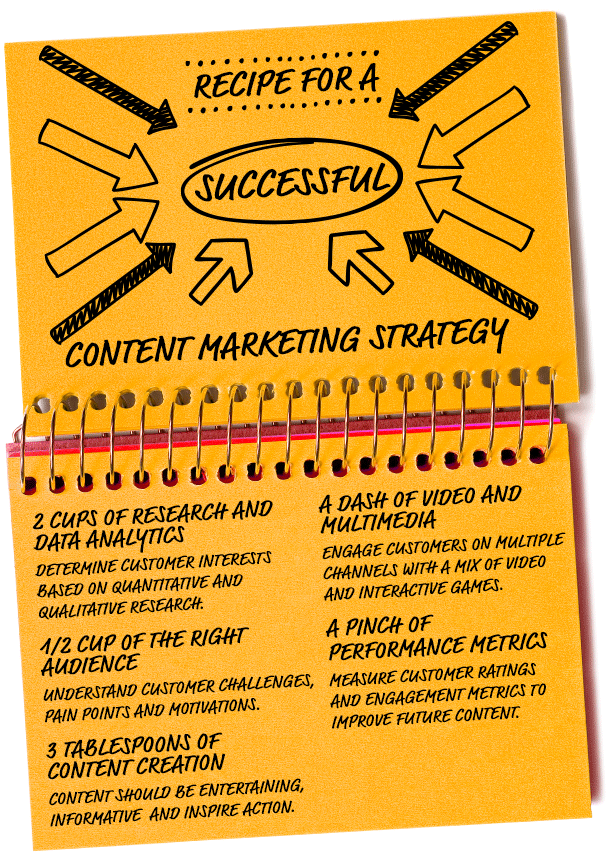Content marketing is both an art and a science — with the power to build long-term relationships with energy utility customers. In this webinar, Brian Lindamood, Questline Digital’s VP of Marketing & Content Strategy, shares tips to help energy utilities create a winning content marketing strategy.
Building blocks of customer satisfaction
Instead of just promoting programs or services, content marketing is a strategic approach focused on using high-quality and relevant content that customers want and need. Content marketing positions your energy utility as a trusted resource in customers’ lives.
“Content marketing is the lifeblood of the Internet,” Lindamood says. “Content is what Google finds when it searches your website, what your customers share on social media, what you deliver to customers in emails. Without useful content, that customer relationship becomes transactional and your digital marketing is essentially just sales, not about building a long-term relationship.”
In traditional marketing, there is always a gap between what your company has to say and what your customers want to hear. You can reach a broad audience with a traditional push marketing strategy, especially if you have a large advertising budget. But it’s all too easy for customers to tune out information that doesn’t interest them. Using content in a pull marketing approach, utilities can close that gap by connecting with customers around their interests.
The art and science of content marketing
As an art, content marketing helps to build connections by delivering content that’s informative, entertaining and engaging. The key is finding out your customers’ wants, needs and interests and building content around them.
As a science, content marketing allows you to track the success of any given campaign. You can get measurable results and see how you’re engaging with a particular target audience.
Content can take many different forms, including articles, infographics, videos and social media posts. Energy utility customers are increasingly looking for visual and interactive content. However, text-based articles are still effective for explaining in-depth technical content, especially for a business audience.
There are a wide variety of digital platforms to distribute your content, including:
- Blogs and websites
- Mobile apps
- Social media platforms
- SMS/text
- CRM/marketing cloud platforms
- Voice-activated speakers
The 4 Ps of content strategy for energy utilities
How do you turn quality content into an effective content strategy? Your content must have purpose, reach the right people, use the right platforms and deliver measurable performance metrics.
- Determine your purpose. Your content must have a goal. For example, is your energy utility looking to drive enrollment into a program or build customer satisfaction?
- Identify your target audience. Who are your customers and what are they interested in? Keep in mind, you might have a different message for each customer segment.
- Choose the right digital platforms. What platforms will be most effective at reaching your target audience? A successful content strategy typically includes a mix of web, email and social media.
- Measure performance. How do you measure your goals? Performance metrics are essential to determine if your content is successful. If there isn’t a way to measure your goals, it’s just content, not a content strategy.
An essential investment
While it takes time and money to invest in high-quality, relevant content, this investment pays off. Content creates an emotional connection with customers, which builds a relationship with your energy utility over the long haul. Plus, customers are more likely to share engaging content with friends and family on social media. It’s also essential for your content to be professional, accurate and useful, as your customers view your energy utility as an energy expert and helpful resource.
With content marketing, you’re not pushing a message out to your customers. Rather, you’re pulling them in with content that they find valuable and interesting. When it comes to improving customer satisfaction and meeting program goals, content marketing has a big impact.



